By Toni and has no comments yet.
According to online reports from the spring of 2009, the two oldest known teak trees, located in Kerala, India are beginning to die. The famous flora duo is located on the Conolly plantation in the Malappuram district of Kerala in Southeast India. The trees are each about 163 years old, having been planted sometime between 1842-1844.
The plantation where the teaks reside is named after H.V. Conolly, the onetime Collector of Malabar during British colonial rule. He was said to have been an important figure in the planting of teak trees throughout the entire Nilambur area. Shri Chanthu Menon, a local forest officer working with Conolly on this venture, is also praised for his efforts. As a sign of respect, he is famously interred in Conolly’s plot on the plantation grounds.
In the teak garden, there exist a total of 117 trees, of which two have begun to show signs of decay, including the appearance of marked wrinkles, with some reports claiming that they are already 90% dead. Despite this tragedy, tourists are still allowed to visit the garden and gaze upon the bittersweet sight.
Teak has enjoyed a long and fruitful history as a valued building material for thousands of years. Used originally in the construction of structures and housing in its native Southeast Asia, it became popular in Europe after the British came upon the tree in their vast colonization of the area and brought the wood west, out of the monsoon forests and into temperate climes, where it became a staple of the iconic “English garden.”
Teak was also heavily used in the building of ship decks around this time because of its amazing strength, weather-resistant qualities and its ability to keep surrounding metal parts from rusting. From there, teak became synonymous with park benches throughout Europe, where some benches still around today date back some two centuries.
As the most popular wood choice in patio furniture, teak is not a newcomer to the world of outdoor entertainment, but it’s become the most profitable and well-known outlet as far as teak production. Sadly, the world’s oldest teak trees don’t have a bright future, but you can pay homage to the celebrated species in your own way. Owning a piece of teak furniture is not only a sound investment; it’s also like owning a little piece of history.
Read the original news report here: http://www.thaindian.com/newsportal/feature/worlds-oldest-teak-trees-dying-in-kerala_100191972.html#ixzz0f5DoYWuZCharacteristics of Teak Wood.
Teak is an extremely dense [40lbs cuft when dry] fine grained hardwood. Teak wood is generally straight grained, but occasionally wavy. The wood contains a high level of silica which causes rapid blunting of cutting edges.
When fresh cut the surface of the wood is dull in appearance, and the timber has a distinctive, pleasantly aromatic odor which has been likened to the smell of leather. Fresh sawn teak has a slightly 'oily' feel due to the high oil content.
One of the most commonly quoted facts about the characteristics of teak is its durability. It is resistant to rot caused by fungal decay, and the high level of resinous oil present in the timber helps to act as a natural insect repellent giving the timber very high resistance to attack by termites and other wood boring insects.
The timber is resistant to water and many chemical reagents, including acids. It does not have a strong reaction when it comes in contact with metals.
The life time in the open for untreated wood (no varnish, lacquer, paint or polishing) is 30 – 35 years.
When fresh cut the surface of the wood is dull in appearance, and the timber has a distinctive, pleasantly aromatic odor which has been likened to the smell of leather. Fresh sawn teak has a slightly 'oily' feel due to the high oil content.
One of the most commonly quoted facts about the characteristics of teak is its durability. It is resistant to rot caused by fungal decay, and the high level of resinous oil present in the timber helps to act as a natural insect repellent giving the timber very high resistance to attack by termites and other wood boring insects.
The timber is resistant to water and many chemical reagents, including acids. It does not have a strong reaction when it comes in contact with metals.
The life time in the open for untreated wood (no varnish, lacquer, paint or polishing) is 30 – 35 years.
Care and Maintenance of Teak Furniture
Teak is a naturally beautiful wood with rich grain and color ranging from a honey gold to a chocolate brown. The grain and color come from the growth rings, and no two pieces will be alike in grain or color.It is best to receive your teak furniture in its “natural” finish (not oiled or waxed). This way you can tell the quality of the teak, and have a choice of finishes. Some manufacturers oil or polyurethane their teak furniture. This may be done to hide blemishes, and make the furniture look more attractive.
Natural Finish (Weathering)
If Teak is left unfinished, then it will weather to a handsome silvery gray. This process is gradual and usually takes between three to twelve months, depending on sunlight exposure. Rain or water will not affect the process. However, you may get some water spots when the teak is first exposed to the elements. You may choose to clean them out with mild soap and water, or leave them be. Either way, in a few months time, the furniture will be uniformly gray.
If teak furniture is exposed to rain, its grain will lift slightly. This is a natural process as wood slightly expands and contracts with the wet ad dry cycles. It will not affect the strength or durability of the wood. Teak will return to its smooth feel after the initial weathering process.
Teak Oil Finish
Teak Oil may be applied to Teak outdoor furniture to extend the aesthetic appearance of the new teak furniture. Teak oil, or other finishes that protect from Ultraviolet Light bleaching, delay the bleaching of the wood as long as they are effective. These finishes in no way extend the life of the furniture. Teak furniture requires no treatment to protect the wood.
Teak Oil eventually evaporates in six to twelve months (based on area conditions and sun exposure). You will notice that the oil finish starts showing a few streaks of unoiled wood. At this time, you must reapply teak oil to preserve the color.
If teak oil treatment is not repeated, the furniture will eventually bleach to a silvery gray.
Polyurethane Finish
Poly Urethane is used to finish teak wood panels on boats. This is only to maintain its aesthetic color, and give it a smooth shine. Teak wood does not require any finish to preserve its strength.
The Polyurethane will eventually flake and peel. Boatyards usually apply three coats of polyurethane onto teak trim used in boats annually.
Grades of Teak Furniture
Teak furniture is made from teak wood, and is manufactured by several methods. It is important to understand the grades of wood, the process for the wood, and the manufacturing process.
Teak Wood is graded by appearance, knots (and their location) and by the kind of wood. There are three main grades in teak wood.
Teak Wood is graded by appearance, knots (and their location) and by the kind of wood. There are three main grades in teak wood.
Grade A Teak wood is produced from the center of the tree (commonly known as the 'heart' wood). A grade A piece of teak will be produced from a tree from 30-50 years of age.
characteristics: close grain, warm/honey color, oil rich and knot free. No streaks of white, no knots on top side, very few (live knots only – where there is discoloration but no fill – on the underside) knots, and these knots have to be less than 0.5 inch in diameter, and present only once in every 3-4 linear feet. This kind of wood is used in machine made teak furniture, since it is risky for the manufacturer to allow a cottage industry person to play with expensive, high quality wood and expect mediocre to bad results.
Grade B Teak wood has a warm color with occasional streaks of black and some splotches and discoloration. Grade B teak wood has more allowance for knots per linear feet. Grade B teak wood is sometimes used in “semi machine made” product. Semi Machine Made implies that personnel use electric saws to cut the wood, but there is no concept of a jig and fixture to make all the slats the same size or make the process repeatable. Semi Machine made product does not allow the end consumer the luxury of finding a replacement part, since all parts are unique and made to fit a specific piece. Semi machine made also means that the tenons “float” in the mortices (the joint is not exact, and there are gaps). This is usually filled with epoxy, and generally the furniture comes completely assembled, because the end customer would not tolerate the sloppiness.
Grade C Teak Wood has a dark color in places, mixed with a very white color in places. The white is the young sapwood. There is an allowance for dead knots (where the knot was weak, has been gouged out and filled with epoxy or putty) These knots may be on the top side or the bottom side. Grade C teak wood is most often used in “hand crafted” outdoor teak furniture. This is completely outsourced to the village industry and follows no process for drying and manufacture. Hand crafted also means that the tenons “float” in the mortices (the joint is not exact, and there are gaps). This is usually filled with epoxy, and generally the furniture comes completely assembled.
In summary – Grade A teak wood will most likely be machine made. Grade B and C will most likely be “semi machine made” or “hand crafted”.
Manufacturing
Machine made makes the parts precise and interoperable. This implies that if a part on your chair or table breaks, you can get a like replacement.
Semi Machine made furniture is a cheaper method of manufacture, more prone to error, and every piece is unique, with little possibility of replacing parts exactly
“Hand Made” – means everything in that piece of furniture was made without jigs and fixtures, and that there is a wide variation between items, plus the incidence and danger of warping (mainly in the legs).
So, in conclusion – Grade A teak combined with Machine made production and kiln drying (not air drying) offers the best furniture.
USES OF TEAK WOOD
Teak wood is often used in marine applications, boatbuilding, Outdoor and indoor furniture and flooring.
High quality Teak can be imported from Asia. Color and grain pattern will vary--making your piece uniquely wonderful.
Teak is a very durable hardwood with excellent split resistance.
Often chosen for its beautiful olive-brown or yellow-brown color which will become more golden as time progresses. Density is 45 pounds per cubic foot.
When and Why to Choose Teak Wood for your project
When choosing a wood species for a project (say garden furniture), it is critical that you define the requirements.
Your requirements and constraints could be:
Environment (Outdoors, salt air etc.)
Good Natural color
Good Weathered Color
High Resistance to Decay
High Resistance to boring insects like carpenter ants and termites
High Resistance to checking and splitting
High Resistance to splintering
High Strength (requires less bulky sections)
If your requirements were as stated above then the choice of teak is very good as it offers low shrinking and swelling, good color with age, natural decay resistance, natural oils that repel water, and good strength. Honduran mahogany is also reasonable, as it provides most of the needed properties. However, Honduran Mahogany does shrink and swell with wetting and drying more than teak, so some checking and splitting can be expected.
Note: There are three wood species (not related and with considerably different properties) that we call mahogany--African, Honduran, and Philippine mahogany.
Of our native American species, we don't have one that stands out as being fully acceptable. Most softwoods are not suitable due to resin exudation or their low strength. Old growth cypress is one possibility. Many hardwoods are prone to checking or are very low in strength. Woods like black locust or Osage orange, which are good candidates, are hard to find, machine with some difficulty, and have high enough shrinkage to cause concern about splits. Walnut is a strong possibility, but when wet it might leach a little, causing a person's white pants to become discolored if they sat on wet furniture; same problem with Osage orange. (American chestnut would be a good candidate too; lumber is still available.)
| |||||||||
| Home | About Us | Client Portfolio | Request a Catalog | Shipping | Popular Searches Contact Us | Customer Service | FAQs | Security and Privacy | Shipping For questions or assistance, e-mail us or call 800-289-8325. Monday - Thursday 9am-5:30pm ET / Fridays 9am-5:00pm ET ©2010 Country Casual | |||||
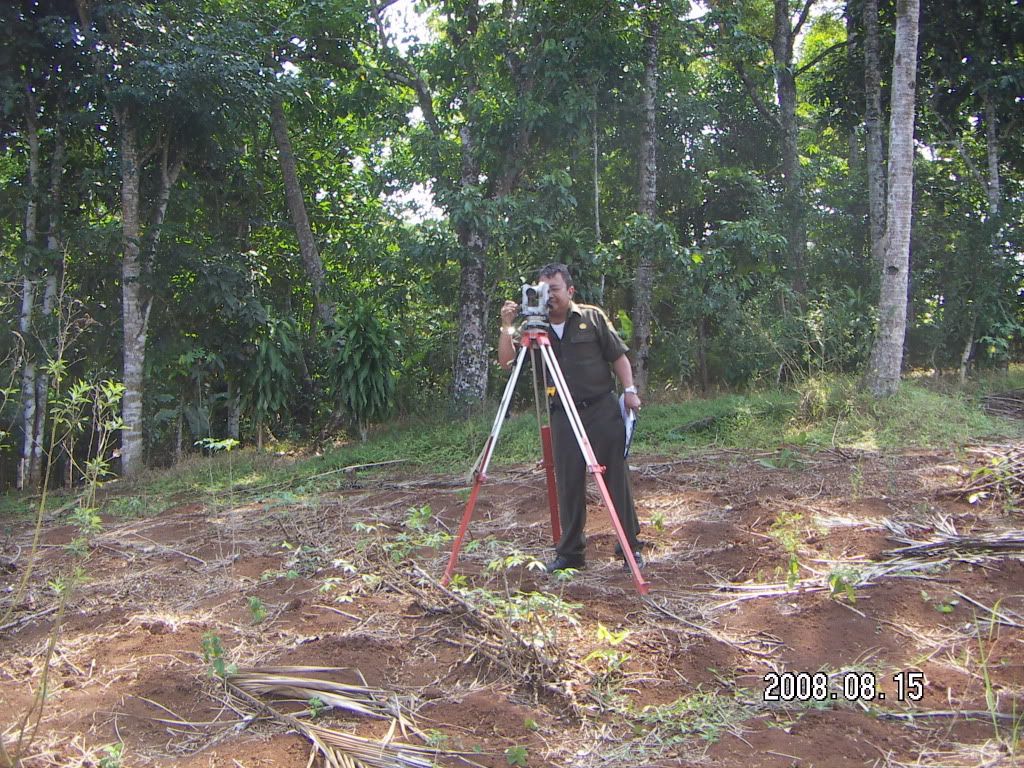

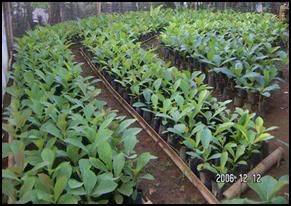
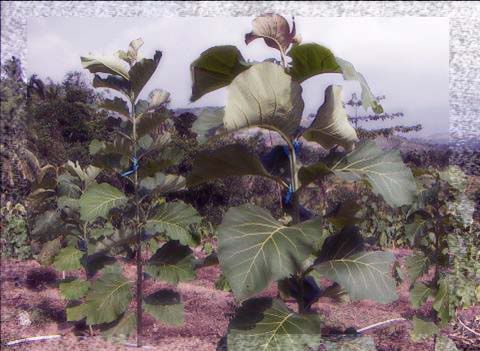

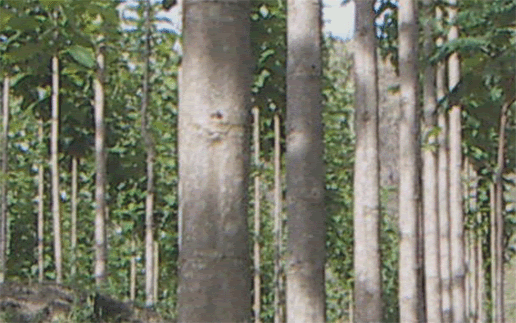
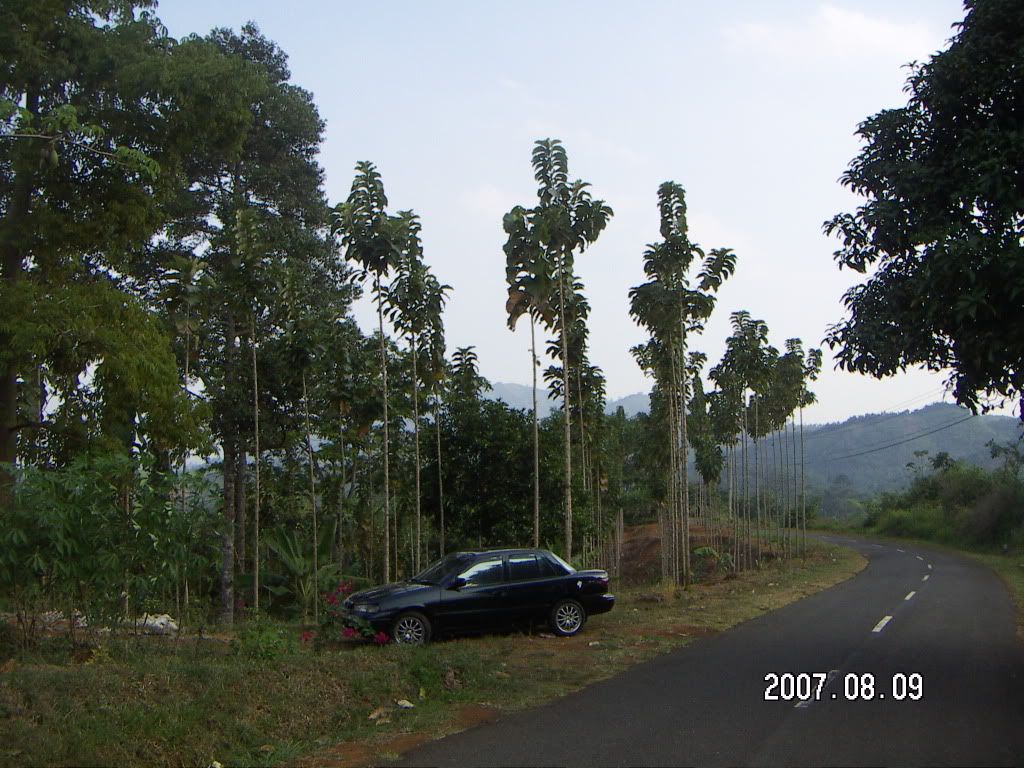
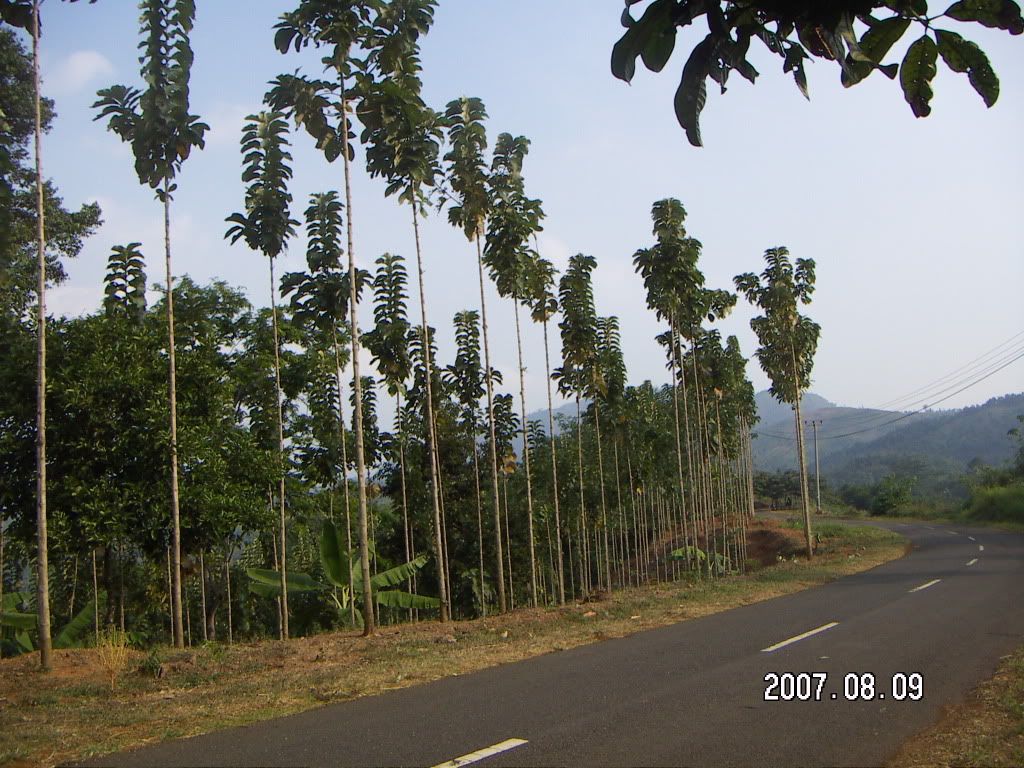
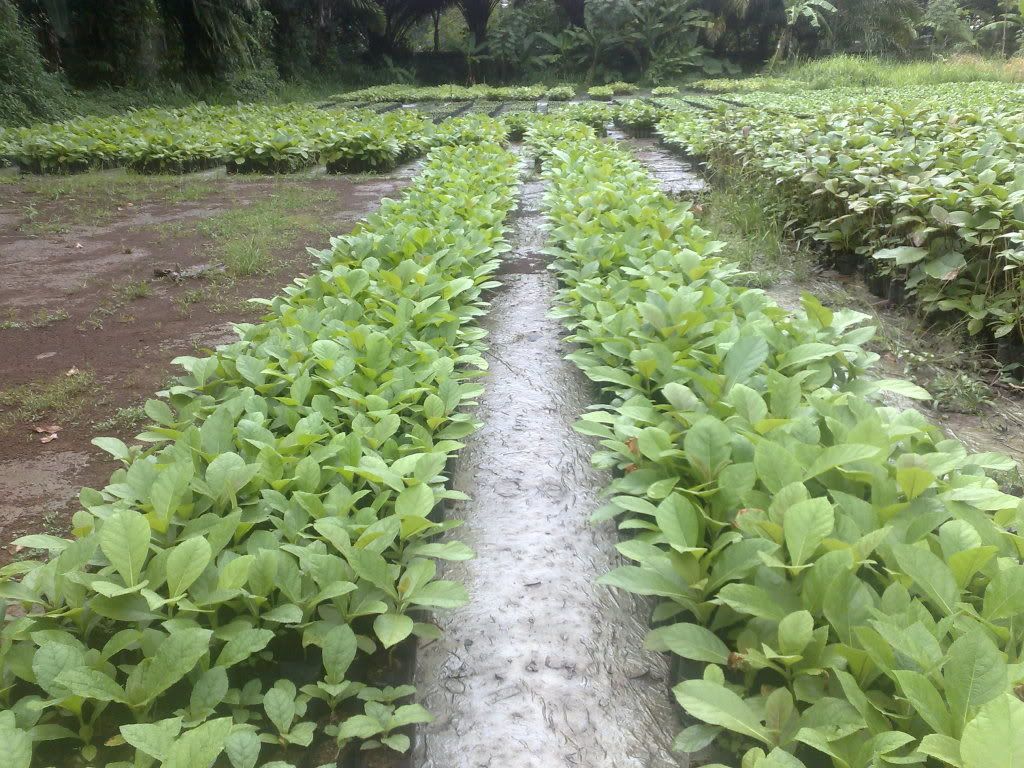
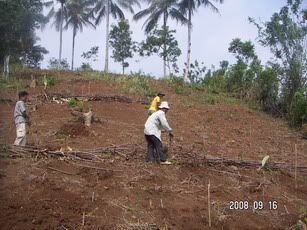
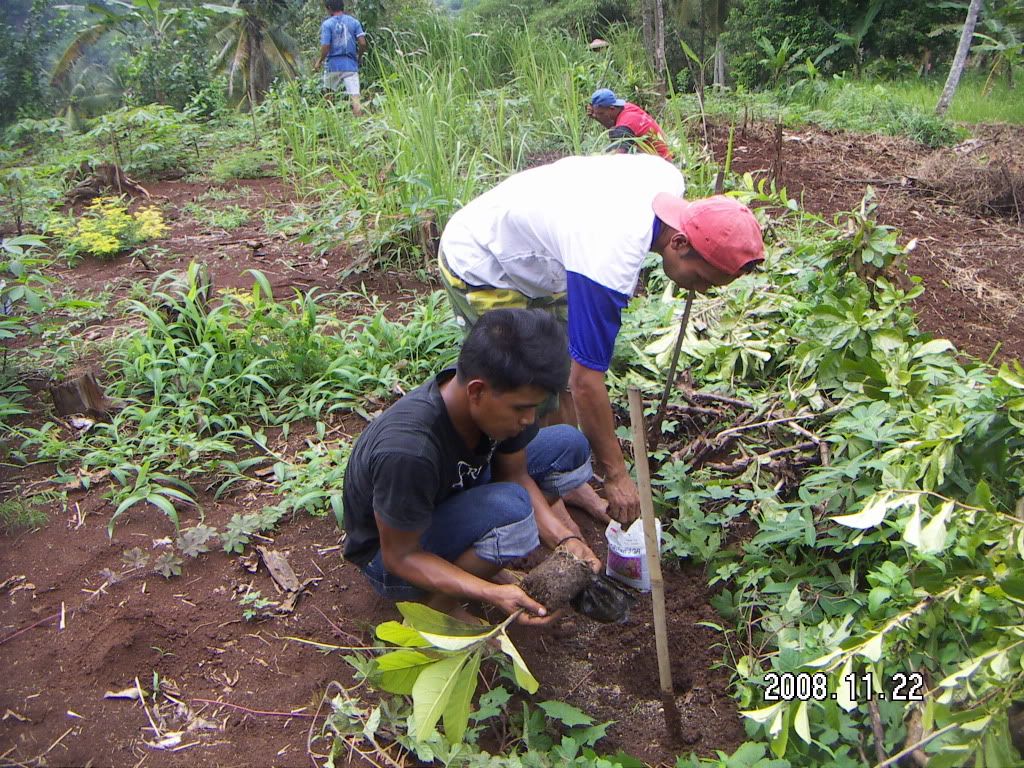
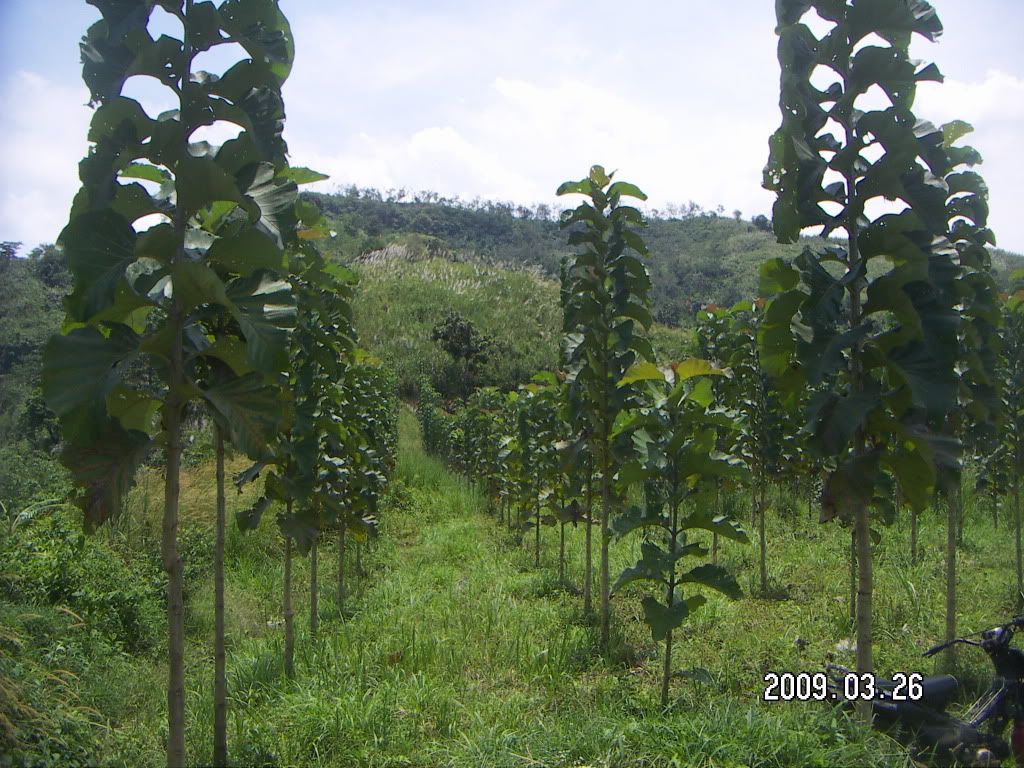
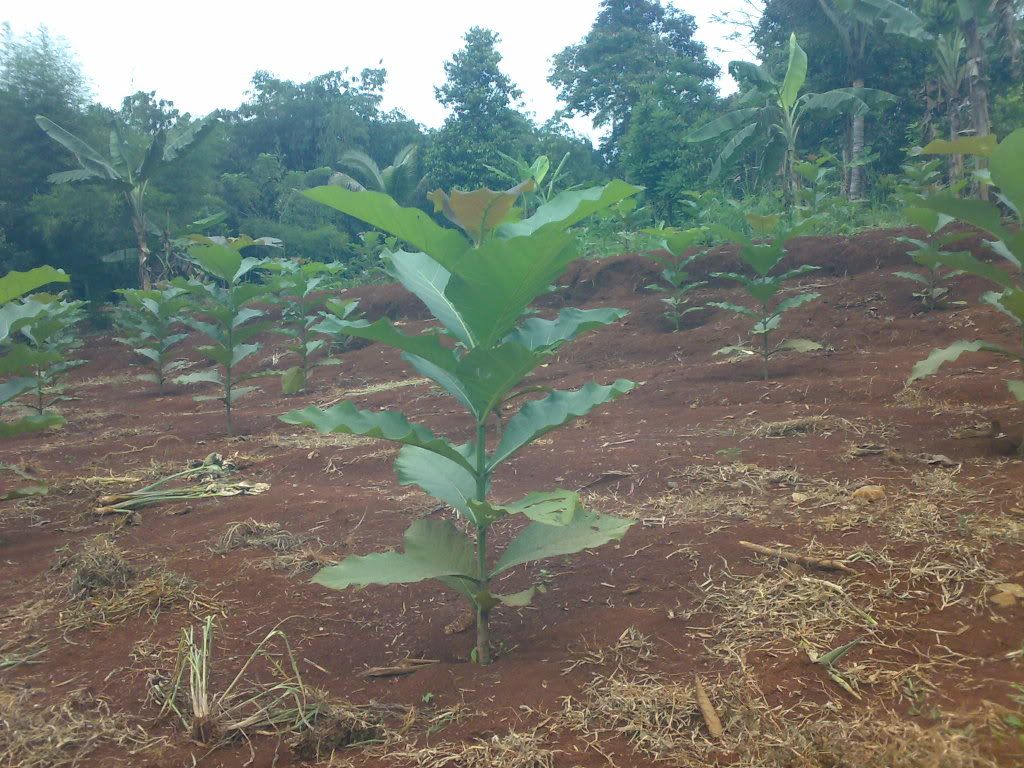
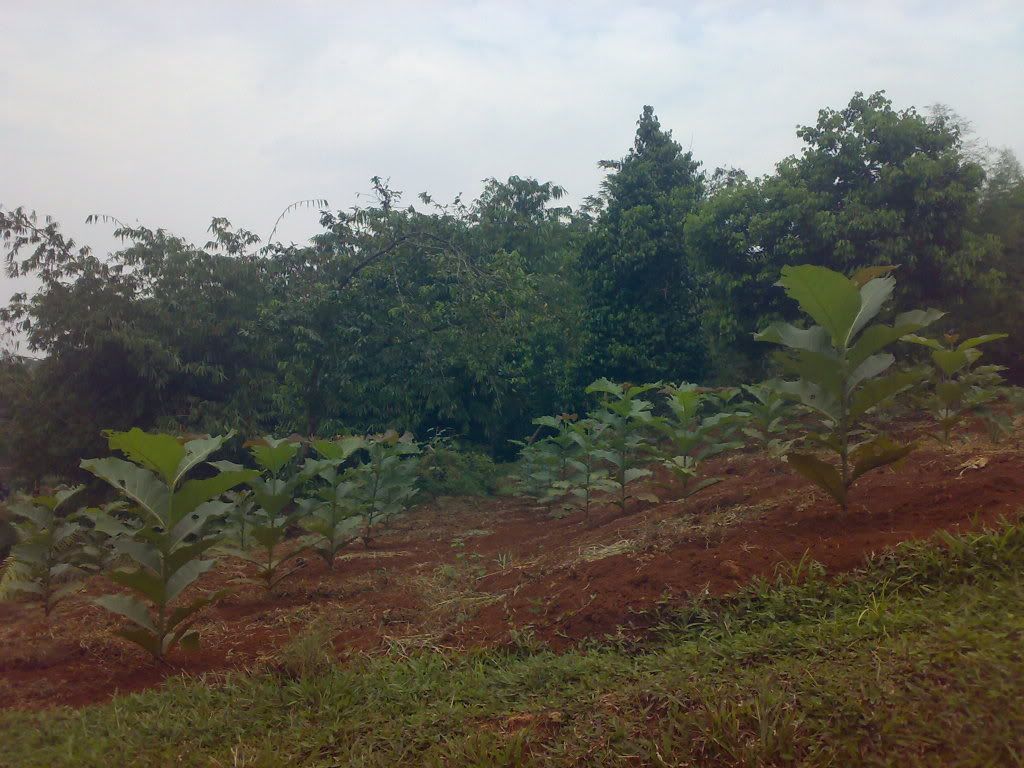

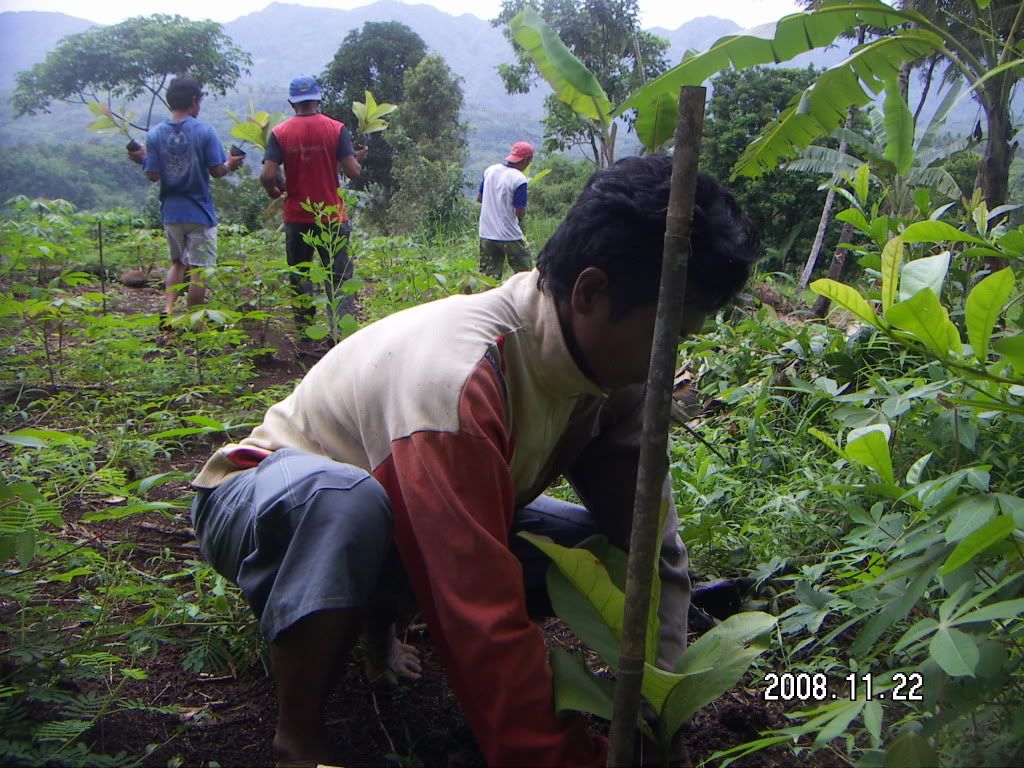
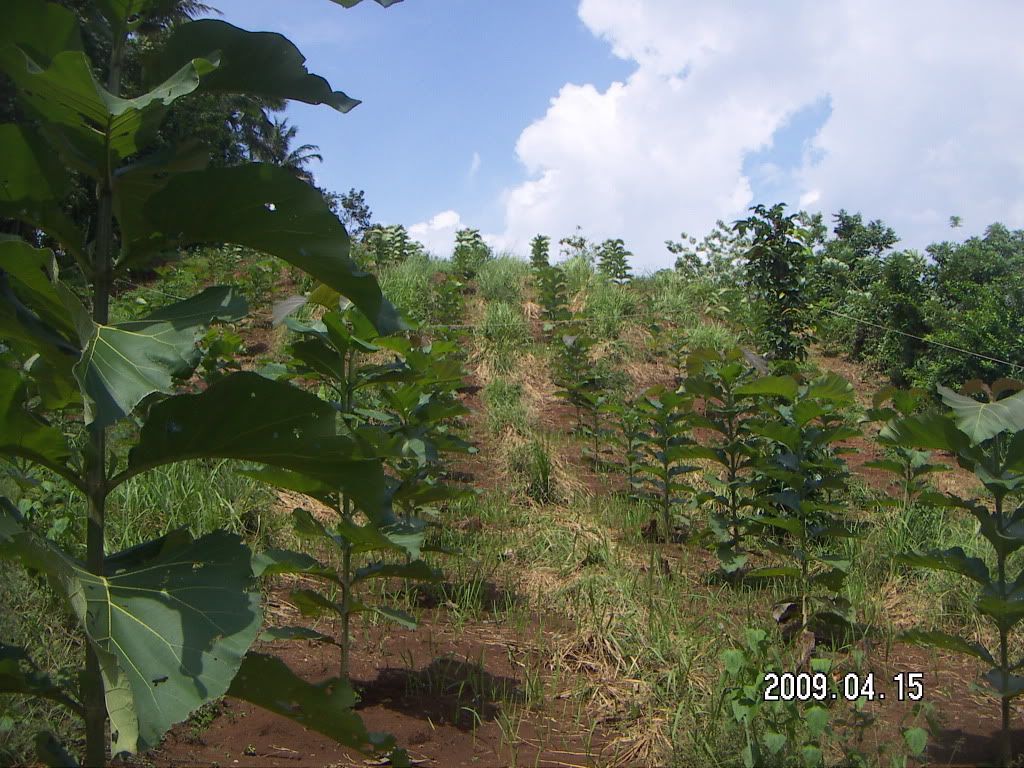

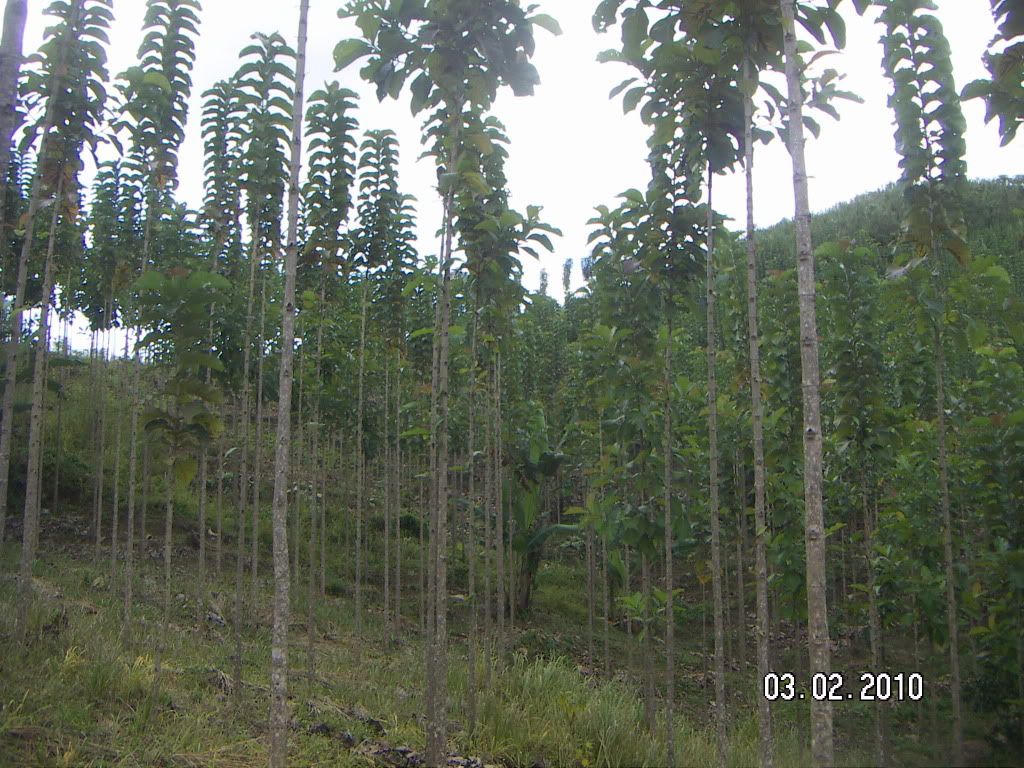
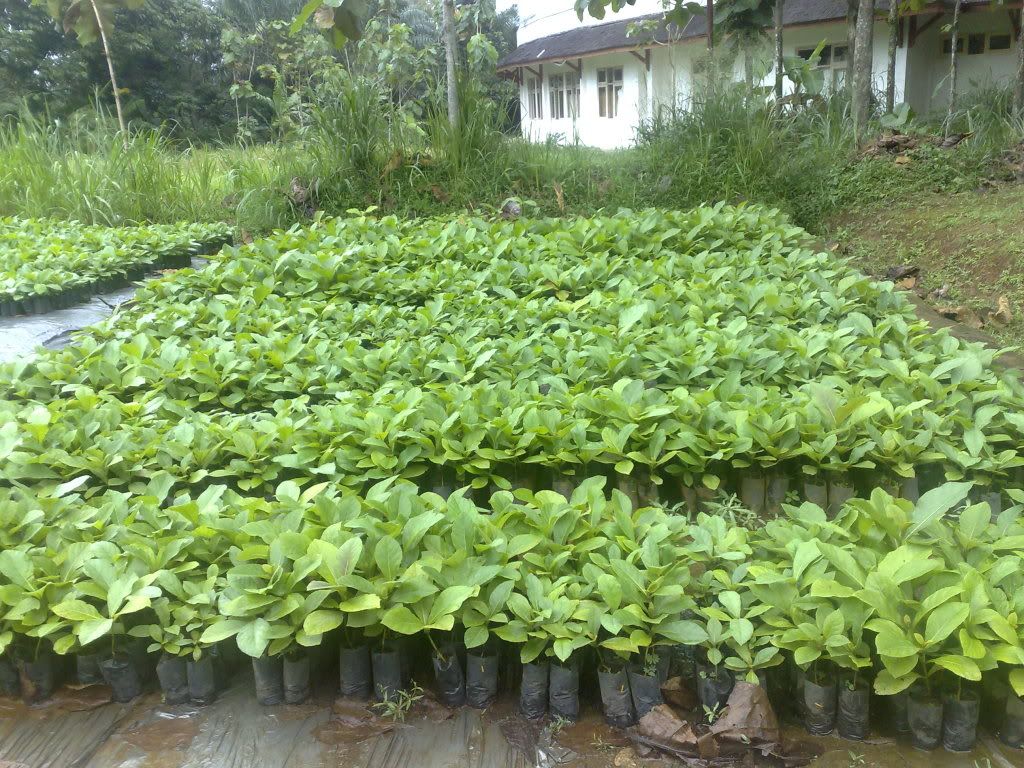

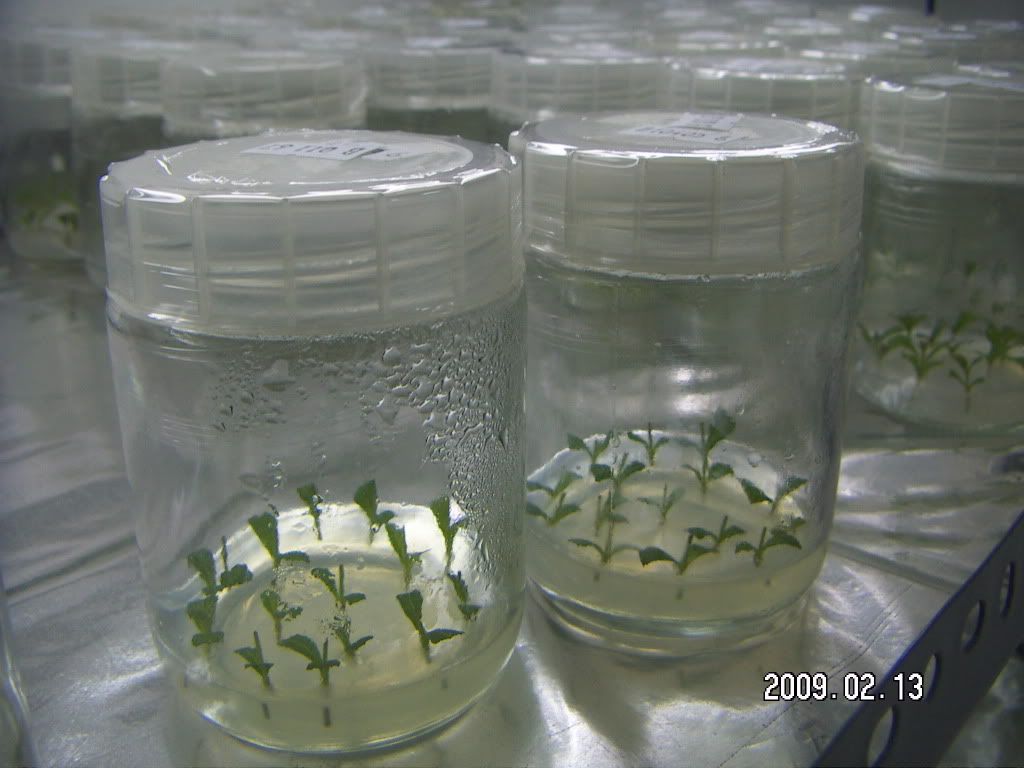


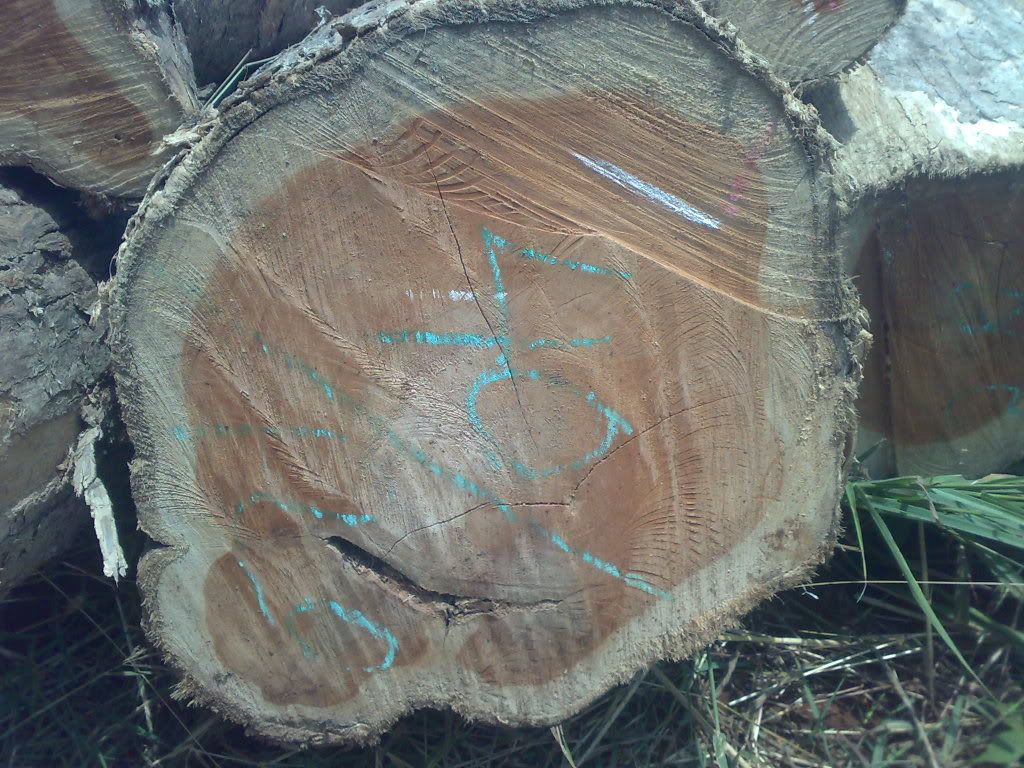


















0 komentar
Posting Komentar
Anda punya komentar tentang posting ini